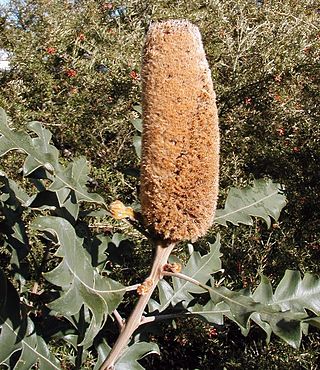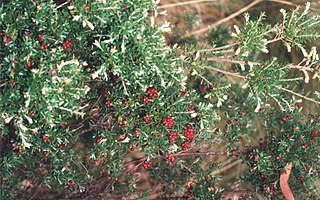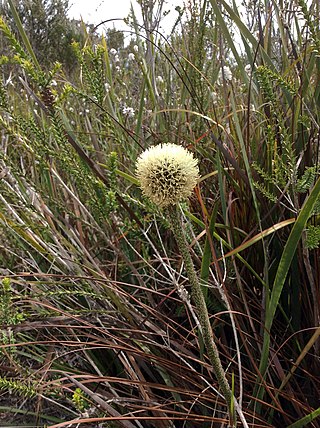
Sea lions are pinnipeds characterized by external ear flaps, long foreflippers, the ability to walk on all fours, short and thick hair, and a big chest and belly. Together with the fur seals, they make up the family Otariidae, eared seals. The sea lions have six extant and one extinct species in five genera. Their range extends from the subarctic to tropical waters of the global ocean in both the Northern and Southern Hemispheres, with the notable exception of the northern Atlantic Ocean. They have an average lifespan of 20–30 years. A male California sea lion weighs on average about 300 kg (660 lb) and is about 2.4 m (8 ft) long, while the female sea lion weighs 100 kg (220 lb) and is 1.8 m (6 ft) long. The largest sea lions are Steller's sea lions, which can weigh 1,000 kg (2,200 lb) and grow to a length of 3.0 m (10 ft). Sea lions consume large quantities of food at a time and are known to eat about 5–8% of their body weight at a single feeding. Sea lions can move around 16 knots in water and at their fastest they can reach a speed of about 30 knots. Three species, the Australian sea lion, the Galápagos sea lion and the New Zealand sea lion, are listed as endangered.

Sir William Jackson Hooker was an English botanist and botanical illustrator, who became the first director of Kew when in 1841 it was recommended to be placed under state ownership as a botanic garden. At Kew he founded the Herbarium and enlarged the gardens and arboretum. The standard author abbreviation Hook. is used to indicate this person as the author when citing a botanical name.

Wobbegong is the common name given to the 12 species of carpet sharks in the family Orectolobidae. They are found in shallow temperate and tropical waters of the western Pacific Ocean and eastern Indian Ocean, chiefly around Australia and Indonesia, although one species occurs as far north as Japan. The word wobbegong is believed to come from an Australian Aboriginal language, meaning "shaggy beard", referring to the growths around the mouth of the shark of the western Pacific.

Dasypogonaceae is a family of flowering plants based on the type genus Dasypogon, one that has traditionally not been commonly recognized by taxonomists; the plants it contains were usually included in the family Xanthorrhoeaceae. If valid, Dasypogonaceae includes four genera with 16 species. The family is endemic to Australia. The best known representative is Kingia australis.

James Drummond was an Australian botanist and naturalist who was an early settler in Western Australia.

Banksia solandri, commonly known as Stirling Range banksia, is a species of large shrub in the plant genus Banksia. It occurs only within the Stirling Range in southwest Western Australia. Its scientific name honours the botanist Daniel Solander, one of the first collectors of Banksia.

The tasselled wobbegong is a species of carpet shark in the family Orectolobidae and the only member of its genus. It inhabits shallow coral reefs off northern Australia, New Guinea, and adjacent islands. Reaching 1.8 m (5.9 ft) in length, this species has a broad and flattened body and head. Its most distinctive trait is a fringe of branching dermal flaps around its head, which extends onto its chin. The fringe, along with its complex color pattern of small blotches and reticulations, enable it to camouflage itself against the reef environment.
Kerosene bush is a common name for several plants and may refer to:

Arctostaphylos hookeri is a species of manzanita known by the common name Hooker's manzanita.

Prosartes hookeri is a North American species of flowering plants in the lily family known by the common names drops of gold and Hooker's fairy bells.

Ozothamnus hookeri, commonly known as kerosene bush, is an aromatic shrub species, endemic to Australia. It grows to between 0.5 and 1 metre in height and has white-tomentose branchlets. The scale-like leaves are 4 to 5 mm long and 0.5 to 1 mm wide. These are green on the upper surface, and white tomentose below. The flower heads appear in dense clusters in summer and autumn The species occurs in boggy sites and subalpine heathland New South Wales and Tasmania.

Scaevola hookeri, commonly known as the creeping fan-flower or alpine fan-flower, is a species of flowering plant in the family Goodeniaceae. It has white or blue flowers with a yellow throat and grows in eastern Australia.

Dasypogon is a genus of flowering plants in the family Dasypogonaceae. It includes three species, all endemic to Western Australia.

Acrothamnus hookeri, commonly known as the mountain beardheath, is a flowering plant in the family Ericaceae and grows in subalpine regions of southeastern Australia. It is a small upright shrub with oblong-shaped leaves and white flowers.

Dasypogon bromeliifolius, commonly known as pineapple bush, is a species of shrub in the family Dasypogonaceae native to Western Australia.

Dasypogon obliquifolius is a species of shrub in the family Dasypogonaceae native to Western Australia.

Dasypogon is a genus of robber flies in the family Asilidae. There are at least 80 described species in Dasypogon.

Drosera hookeri, the grassland sundew is an shortly erect perennial tuberous species in the carnivorous plant genus Drosera. Drosera hookeri is found in south-eastern Australia. Although the holotype was collected in Tasmania, its distribution also includes Victoria, New South Wales and South Australia. This species has a complex taxonomic history, and its specific epithet acknowledges the original recognition of the taxon by Joseph Dalton Hooker. Hooker originally called his species Drosera foliosa Hook.f. ex Planch. in 1848, a name that was illegitimate as it had previously been used to describe a different species. The nomenclature of D. hookeri was later clarified and the taxonomic concept significantly broadened to include most of the south-eastern Australian and New Zealand forms of the species complex that includes Drosera peltata.

Chordifex hookeri is commonly known as woolly buttonrush or cord-rush. It is a rush species of the genus Chordifex in the family Restionaceae. The species is endemic to Tasmania.

















